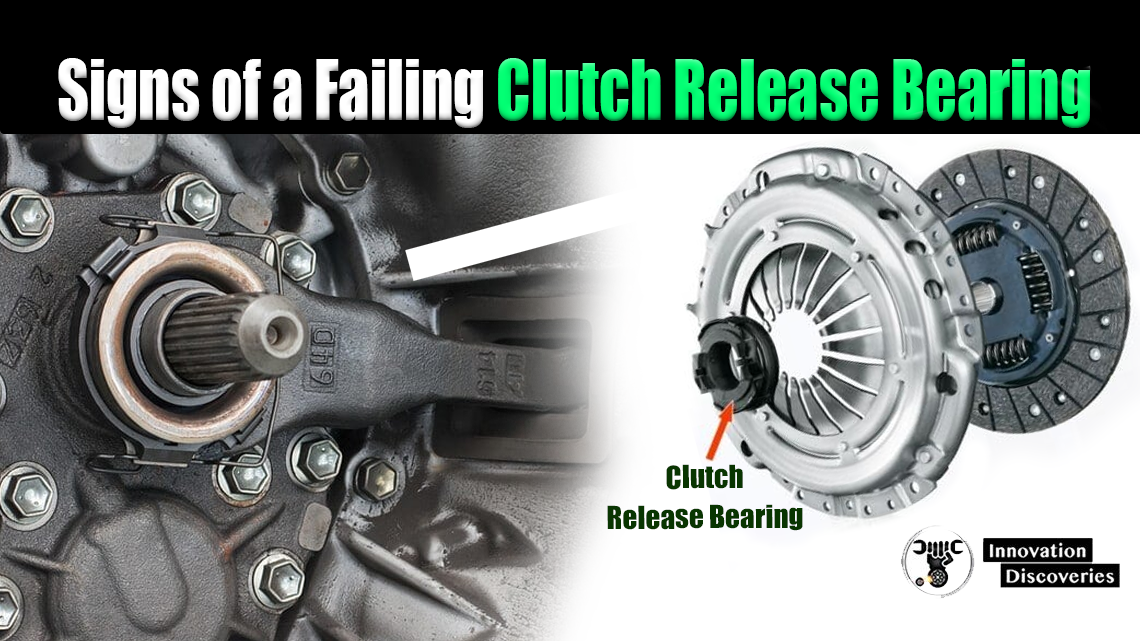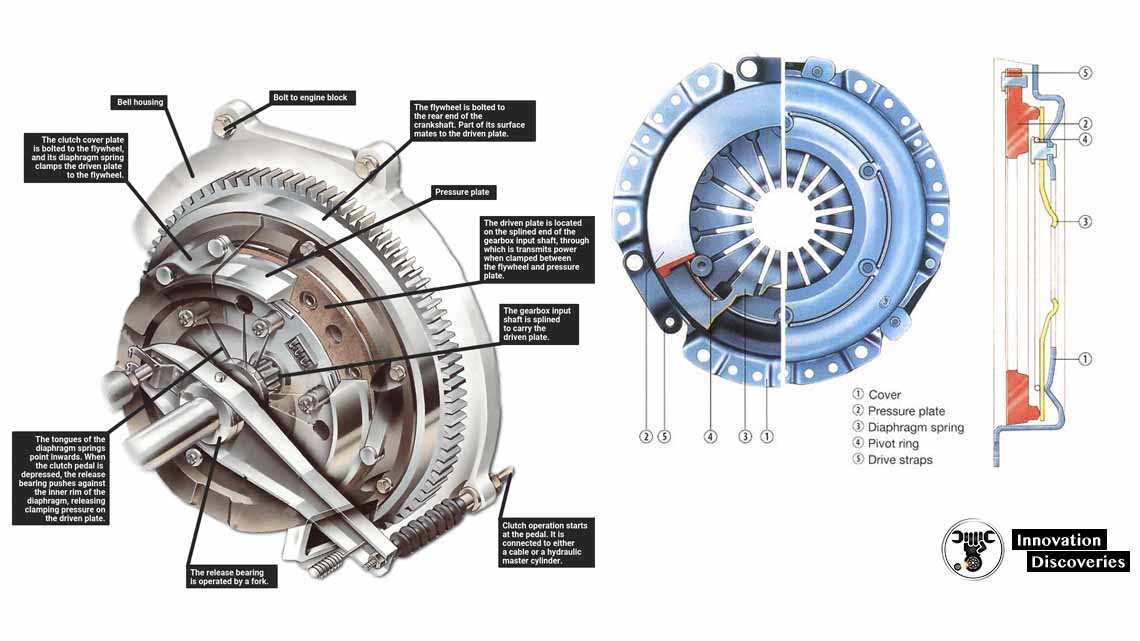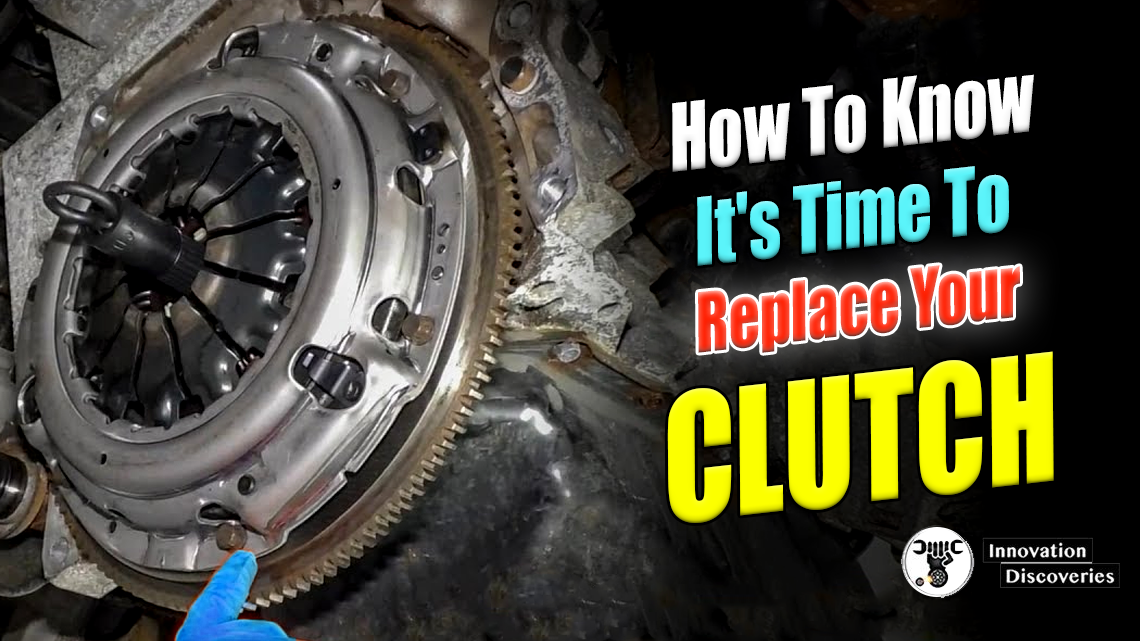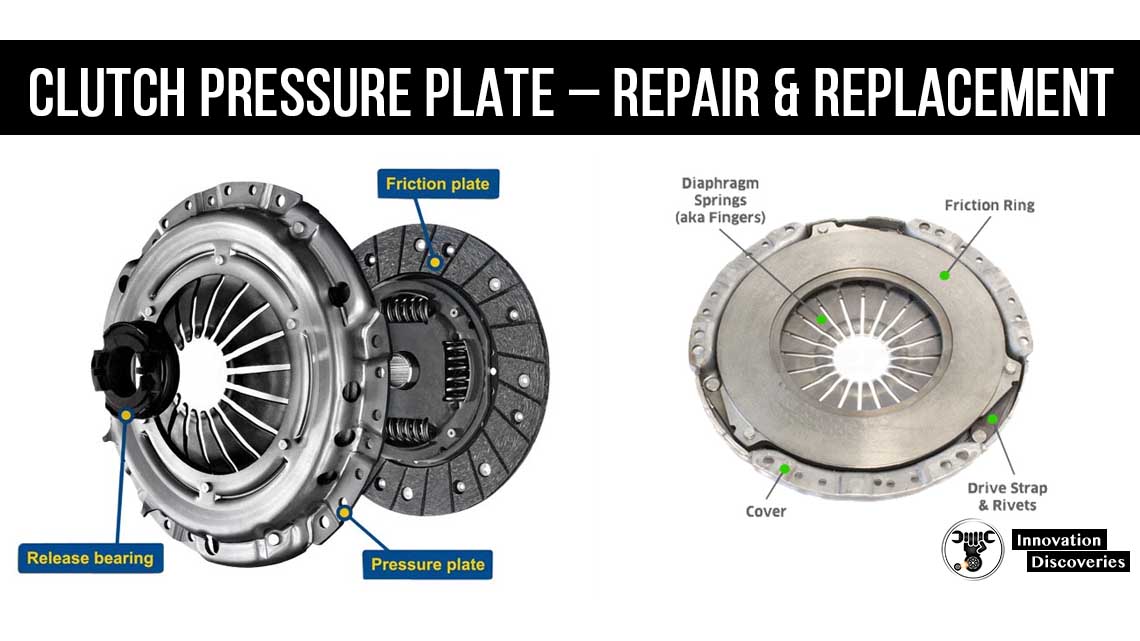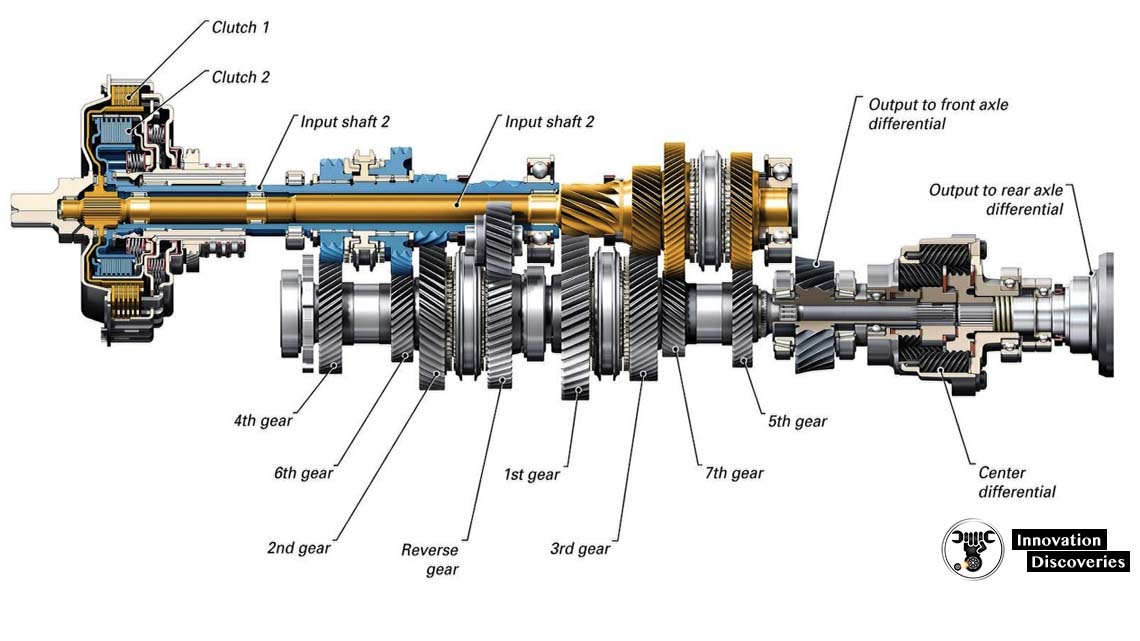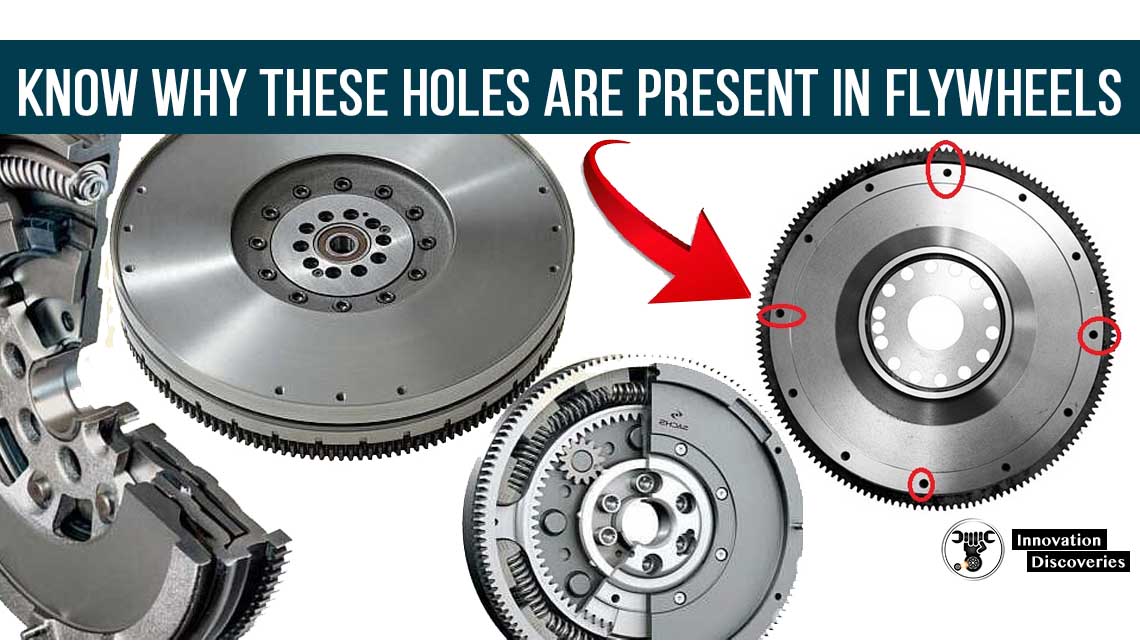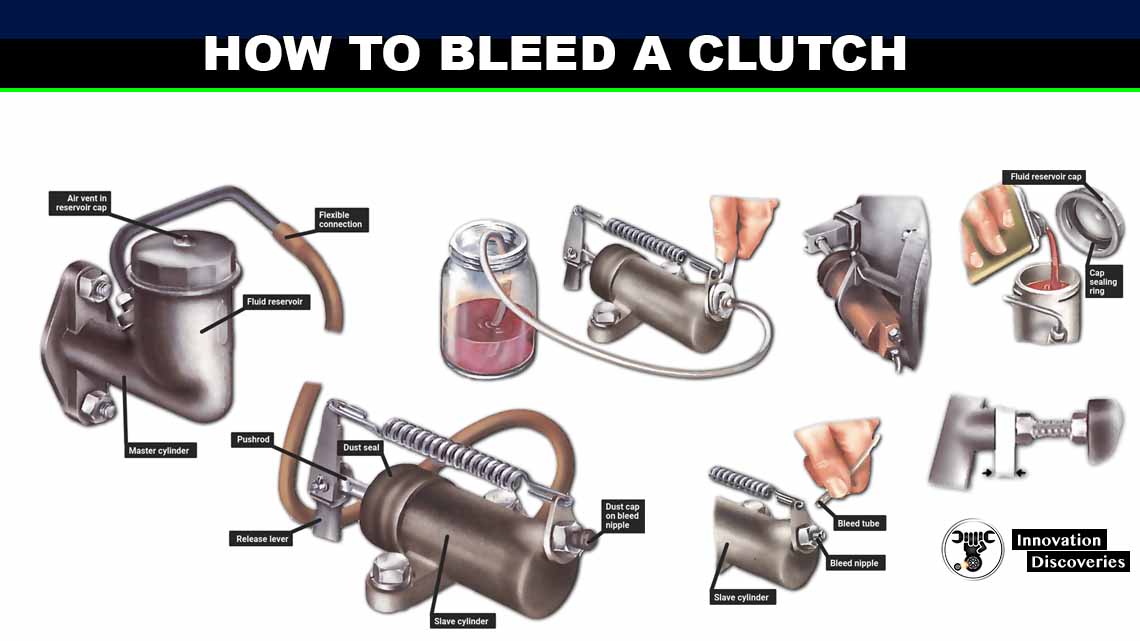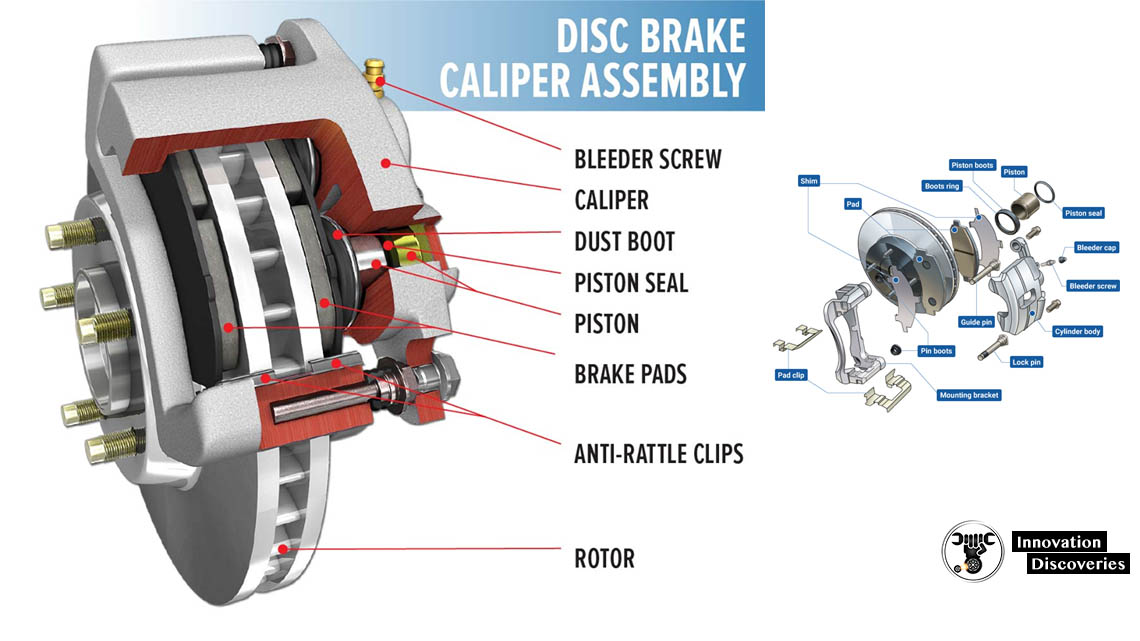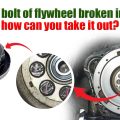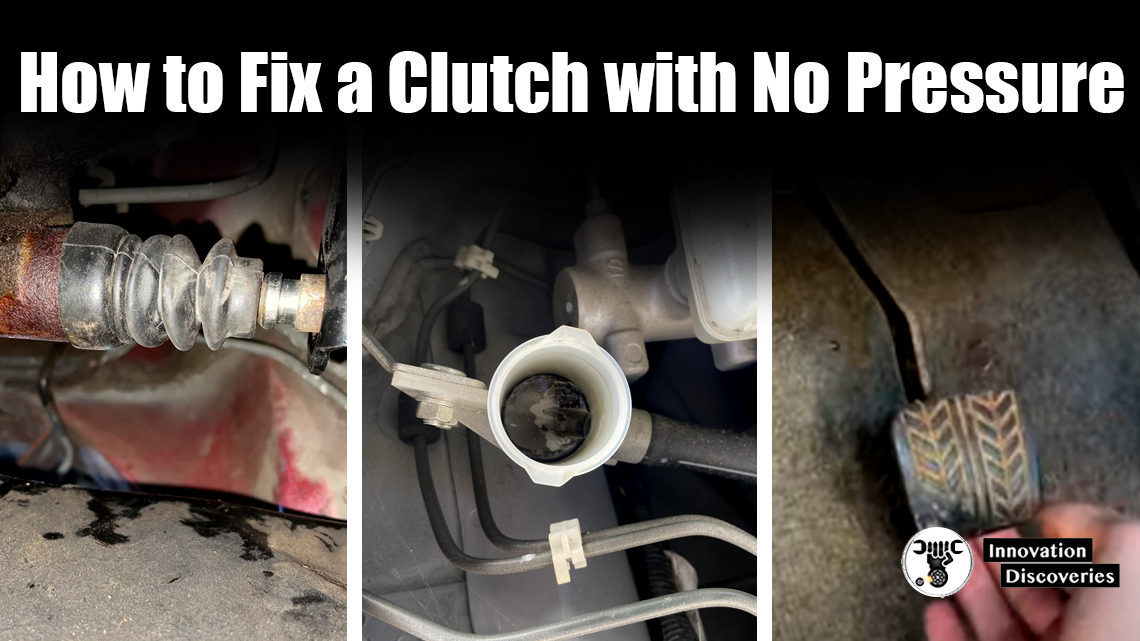
Introduction:
As a seasoned mechanic, I’ve seen my fair share of clutch problems. One of the most common issues customers bring to my shop is a clutch pedal that feels like it has no pressure.
This can be frustrating and potentially dangerous if left unresolved. But fear not, fellow gearheads! In this comprehensive guide, I’ll walk you through the steps to diagnose and fix a clutch with no pressure.
Diagnosing the Issue:
Before diving into repairs, it’s crucial to properly diagnose the root cause of the problem. A clutch pedal with no pressure could be attributed to several underlying issues:
1. Low Clutch Fluid:
Insufficient hydraulic fluid in the clutch master cylinder can cause a loss of pressure, resulting in a soft or spongy pedal.
2. Air in the Hydraulic System:
Air bubbles trapped in the hydraulic lines can disrupt the flow of fluid, leading to a loss of pressure.
3. Worn Clutch Components:
Over time, the clutch master cylinder, slave cylinder, or clutch hydraulic lines can wear out, compromising their ability to maintain pressure.
4. Faulty Clutch Master or Slave Cylinder:
A defective master or slave cylinder can also cause a loss of pressure in the clutch system.
5. Clutch Fork or Release Bearing Issues:
Damage or misalignment of the clutch fork or release bearing can prevent proper engagement of the clutch, resulting in a lack of pressure.
Now that we’ve identified potential culprits, let’s move on to the step-by-step process of fixing a clutch with no pressure.
Step 1: Check Clutch Fluid Level
Start by locating the clutch master cylinder, typically found near the brake master cylinder under the hood. Remove the reservoir cap and inspect the fluid level.
If it’s low, top it up with the manufacturer-recommended hydraulic fluid. Be cautious not to spill fluid on painted surfaces, as it can cause damage.
Step 2: Bleed the Clutch System
If the fluid level is adequate but there’s still no pressure, bleeding the clutch system may be necessary to remove any trapped air. You’ll need a helper for this task. Locate the bleeder valve on the clutch slave cylinder, usually situated near the transmission.
Attach a clear plastic hose to the bleeder valve and place the other end into a container filled with hydraulic fluid. Have your assistant press the clutch pedal while you open the bleeder valve slightly.
Close the valve before the pedal reaches the floor, then repeat the process until no air bubbles are visible in the hose.
Step 3: Inspect for Leaks
If bleeding the clutch doesn’t restore pressure, thoroughly inspect the hydraulic lines, master cylinder, and slave cylinder for signs of leaks.
Look for wet spots or puddles of fluid beneath the vehicle. Leaks indicate a damaged component that will need to be replaced.
Step 4: Replace Faulty Components
If you’ve ruled out leaks and the clutch still lacks pressure, it may be time to replace the master cylinder, slave cylinder, or other worn clutch components.
Consult your vehicle’s service manual or seek professional assistance if you’re unsure how to proceed with these repairs.
Step 5: Verify Clutch Fork and Release Bearing
Lastly, inspect the clutch fork and release bearing for any signs of damage or misalignment.
If either component is faulty, it can prevent proper engagement of the clutch, resulting in a loss of pressure. Replace or realign these parts as needed to restore functionality.
Conclusion:
Fixing a clutch with no pressure requires patience, proper diagnosis, and methodical troubleshooting. By following the steps outlined in this guide, you can identify the underlying issue and take the necessary steps to restore your clutch’s performance.
Whether it’s topping up fluid, bleeding the system, or replacing worn components, don’t hesitate to seek professional help if you encounter any challenges along the way. With persistence and attention to detail, you’ll have your clutch operating smoothly in no time!
Keywords: clutch repair, clutch pedal, hydraulic fluid, bleed clutch, master cylinder, slave cylinder, clutch components, troubleshooting, DIY clutch repair, clutch maintenance.
Discover More:
What are the Main Components of the Gear Box?
CHECKING AND REMOVING A CLUTCH MASTER CYLINDER
Visit Forum
Visit Our Friendly Website


